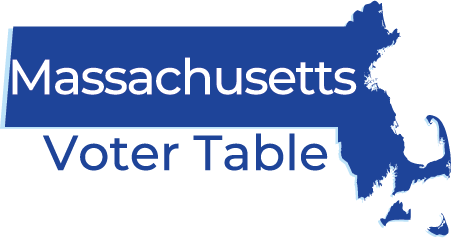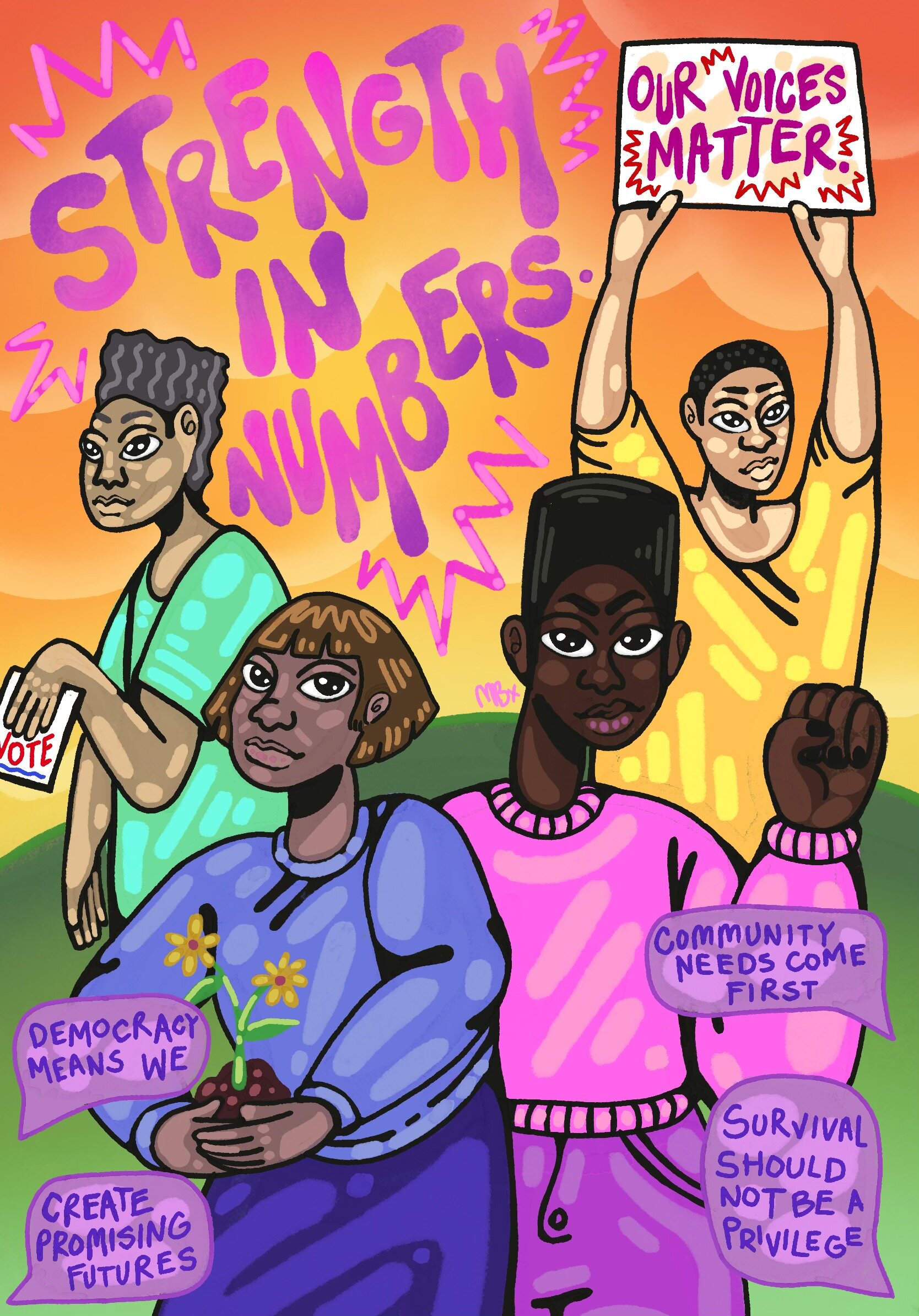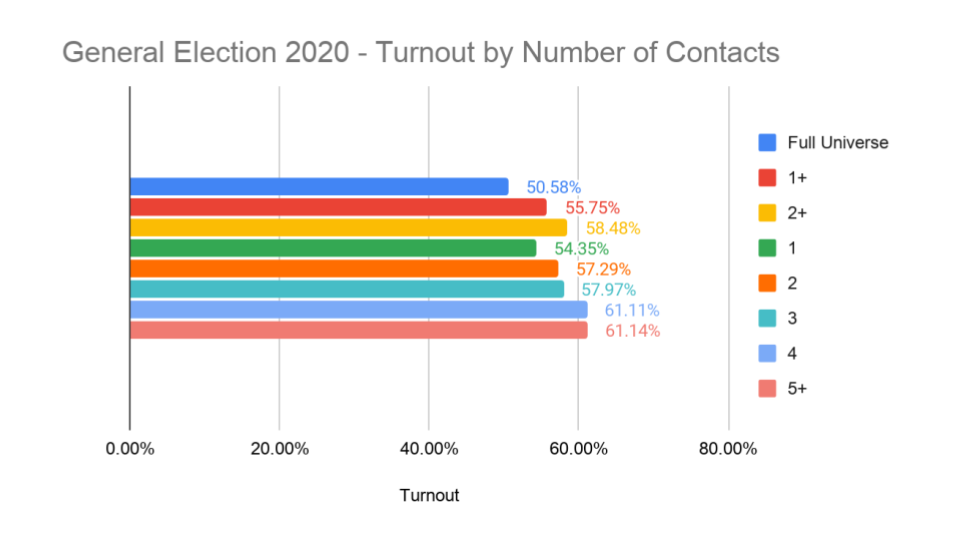Strength in Numbers
2020 Elections Democracy HUBS Impact Report
Executive Summary
The COVID-19 pandemic uncovered deep inequities in Massachusetts. These inequities manifested in a lack of testing in Gateway Cities; a tradeoff between joblessness and disposability for many Black, Indigenous, and People of Color (BIPOC) workers; and a fatality rate three times higher among Black and Latinx residents than white and Asian American Pacific Islander (AAPI) residents.
Large disparities in voter participation in the 2020 election by race and income stem from the unequal, unreflective, and unresponsive political system in Massachusetts. In the 279 cities and towns with over 90 percent white residents over 81 percent of residents cast their ballot in the 2020 election, with 44.5 percent of ballots cast by mail. In the Gateway Cities and Boston, only 66.3 percent of residents cast their ballot in the 2020 election, with 35.7 percent of ballots cast by mail.
Despite these disparities, BIPOC vote share continued to trend upward in 2020. Black, Latinx, and AAPI voters cast 13.29 percent of ballots in the 2020 election, up from 11.34 percent in 2016 and 9.99 percent in 2012. This 32 percent increase between 2012 and 2020 represents the addition of 73,159 BIPOC voters to the electorate. In 2020, BIPOC voters made up 20.79 percent of eligible voters but cast only 13.29 percent of ballots. This means that BIPOC voters left 36 percent of their power on the table, down from 46 percent in 2018.
BIPOC vote share has jumped 32 percent from 2012 to 2020. See Figure 2 in the report.
Policy advocacy and grassroots organizing are the keys to continuing these positive trends and breaking the cycle of unresponsive government and community disengagement. After advocating for the passage of mail-in voting and expanded early voting, the Massachusetts Voter Table (MVT), MassVOTE, the Massachusetts Immigrant and Refugee Advocacy (MIRA) Coalition, and Asian Pacific Islanders Civic Action Network (APIs CAN) formed six regional tables, called Democracy HUBS (Holistically Unifying Blocs of Solidarity), as the field, data, and development infrastructure for integrated voter engagement. We raised $515,000 and regranted $497,000 to 38 community organizations to carry out integrated voter engagement programs.
Through these Democracy HUBS, we contacted 54,504 voters, 71 percent of whom were BIPOC voters. These 38 organizations reached out to low-propensity voters, mostly voters of color, in a “target universe,” who turned out at a rate of 50.6 percent. The gap between the total statewide turnout of 76.0 percent and the turnout of our target universe was nearly 26 percentage points. Of voters who we contacted, 55.8 percent of voters cast a ballot, closing the gap by 20.3 percent. Two or more contacts increased the impact on turnout to 7.9 percentage points.
Contacts made by Democracy HUBS leaders increased voter participation by 5.2 percentage points. Two or more contacts increased participation by 7.9 percentage points. See Figure 4 in the report.
Trusted leaders talking to their neighbors lead to these successful outcomes at every level of the Democracy HUBS. Candidates rarely campaign to win votes from the Haitian community, but when True Alliance Center, a new emerging organization in the Democracy HUBS, contacted every known Haitian Creole-speaking voter in Massachusetts, over 82 percent of their contacts turned out to vote. Spanish-language phone calls by the Latino Education Initiative in Worcester increased turnout to 61.3 percent. In an election that animated Black voters across the country, MassVOTE called all working-class Black voters in Boston, leading to a 69.6 percent black voter turnout and contributing to a historic 21.8 percent vote share among Black voters in the city. MASSPIRG called and texted 2,959 young voters between the ages of 18-24, leading to a 79.3 percent turnout among their contacts.
This impact of integrated voter engagement is replicable and scalable. In the next two years, we are focusing on expanding the reach of the Democracy HUBS in Brockton, Western, and Southeastern Massachusetts and deepening our impact in Greater Boston, the Merrimack Valley, and Central Massachusetts. Integrated voter engagement programs, paired with voting reforms that facilitate voter registration and ballot access, are essential to closing gaps in voter participation and creating a more equitable Commonwealth.



